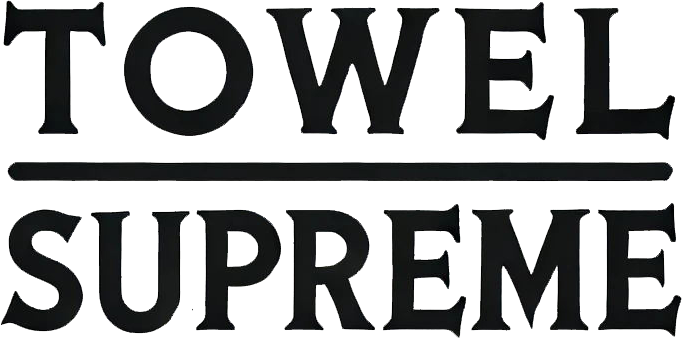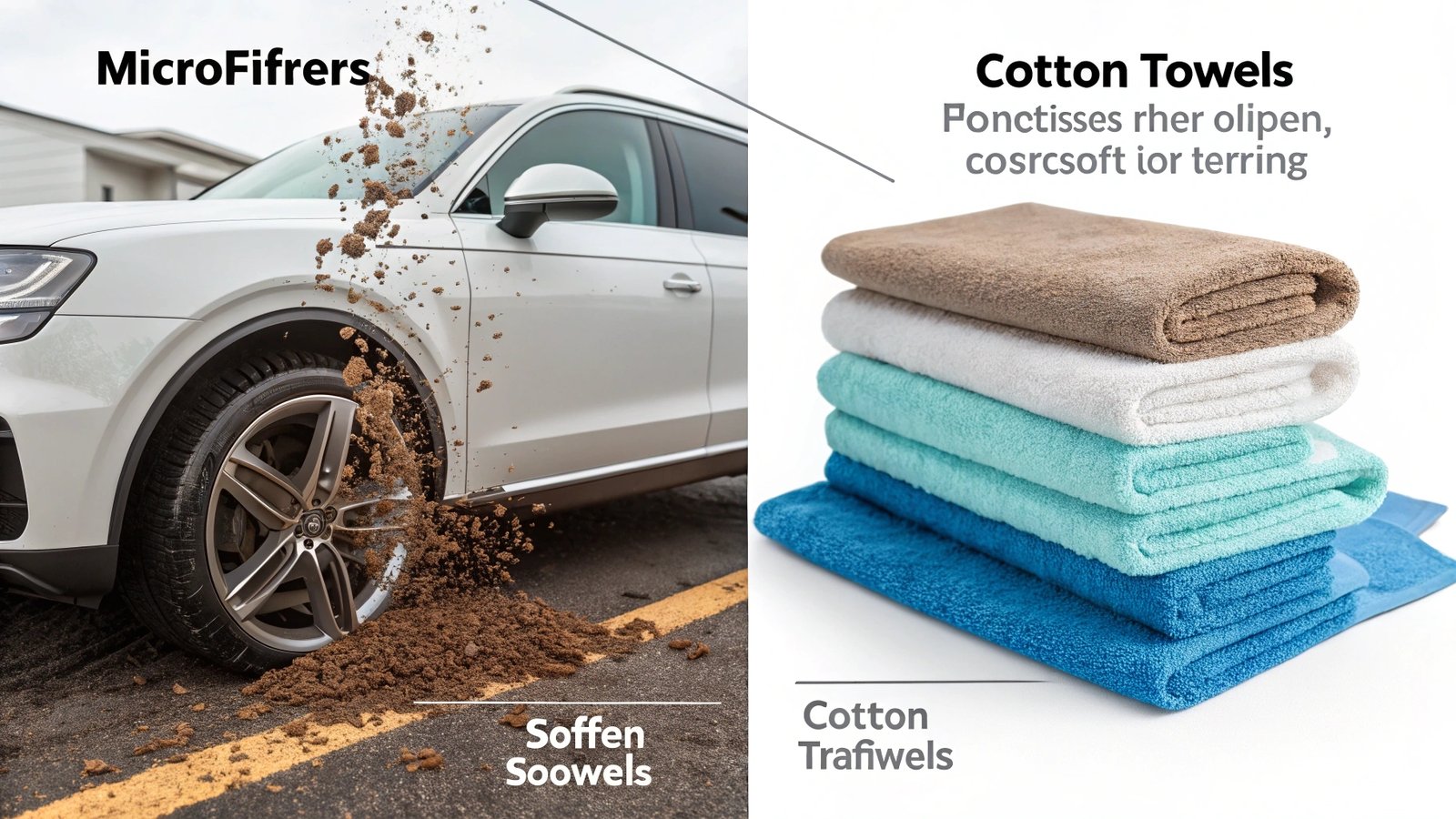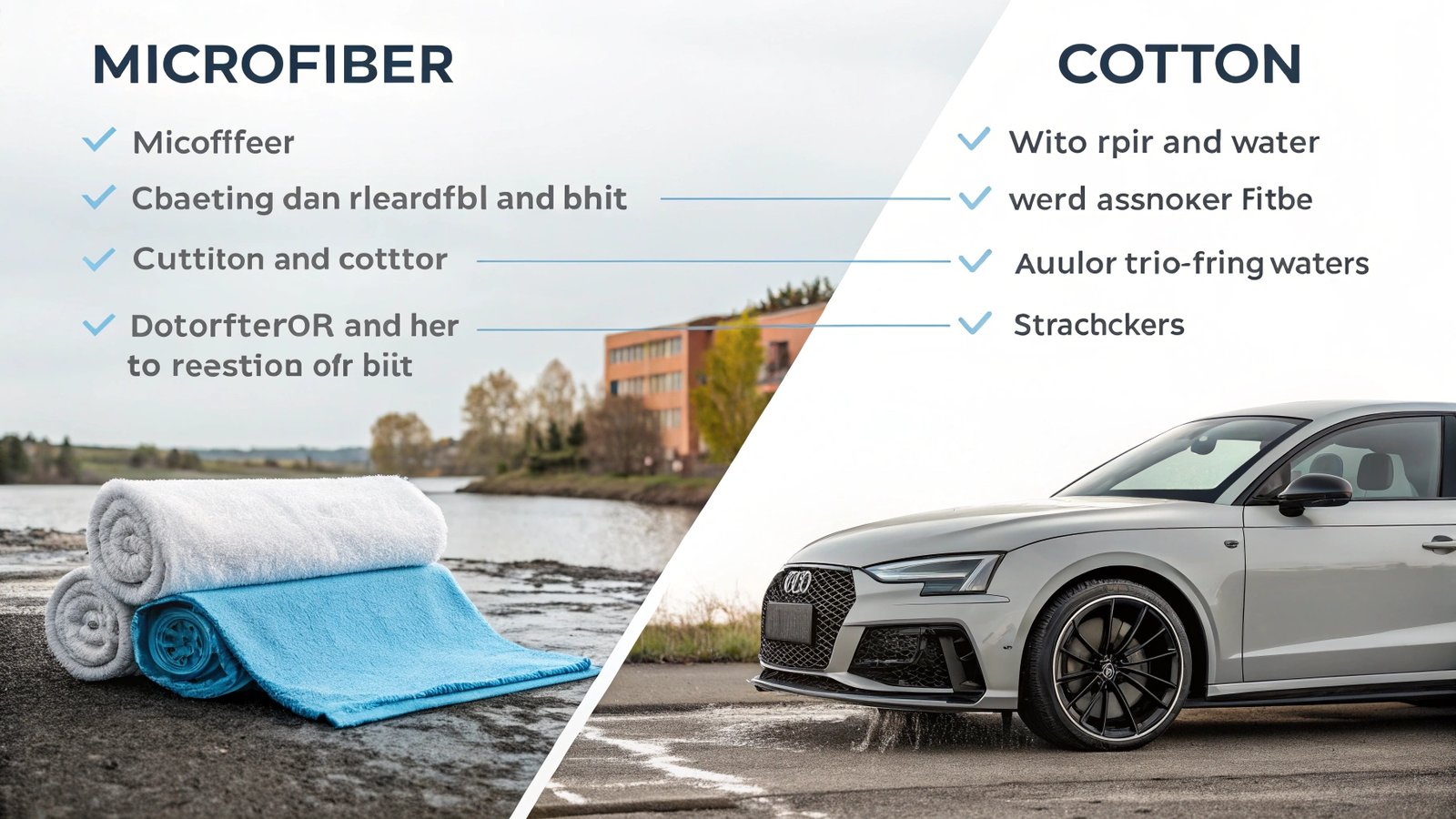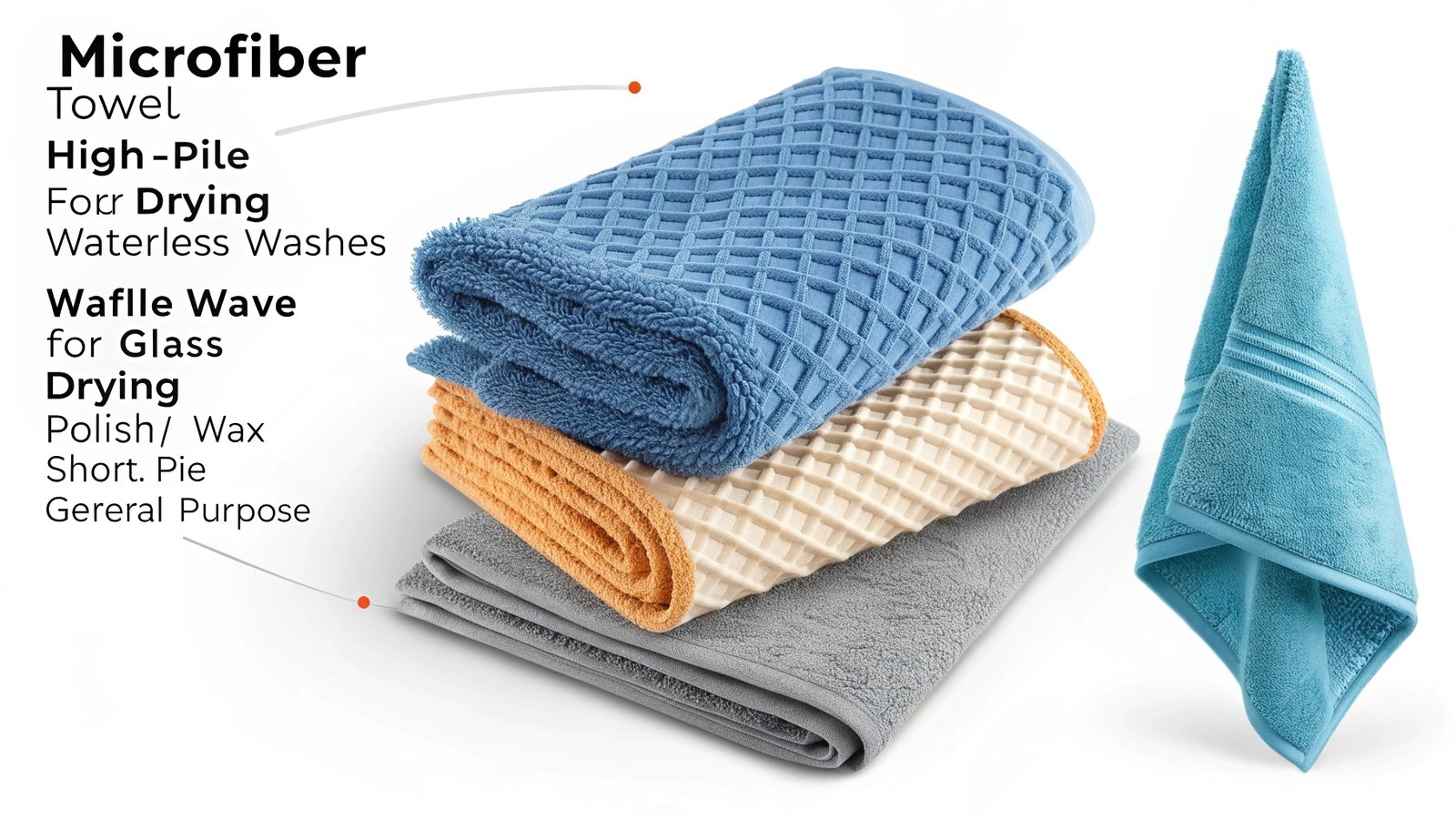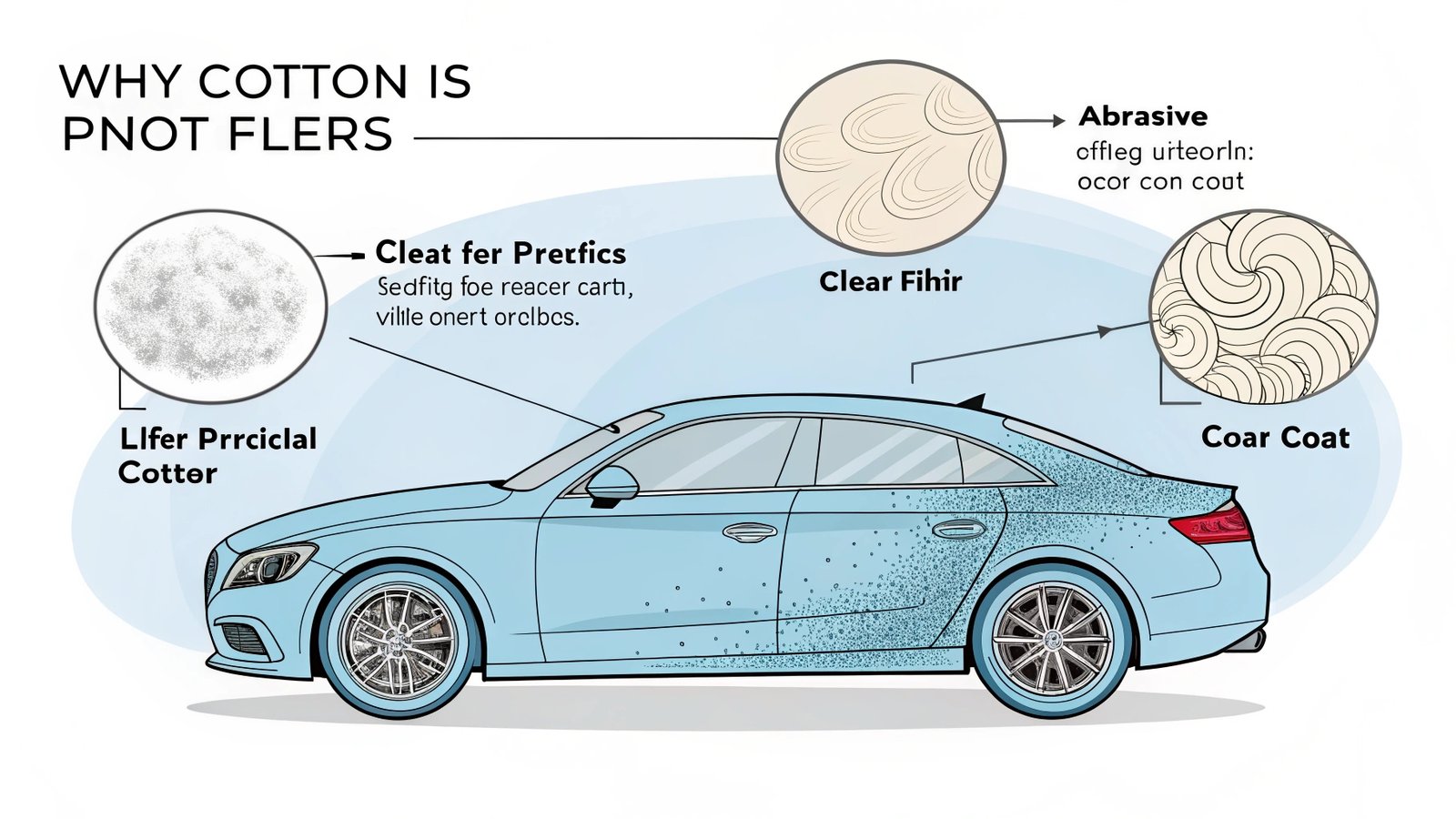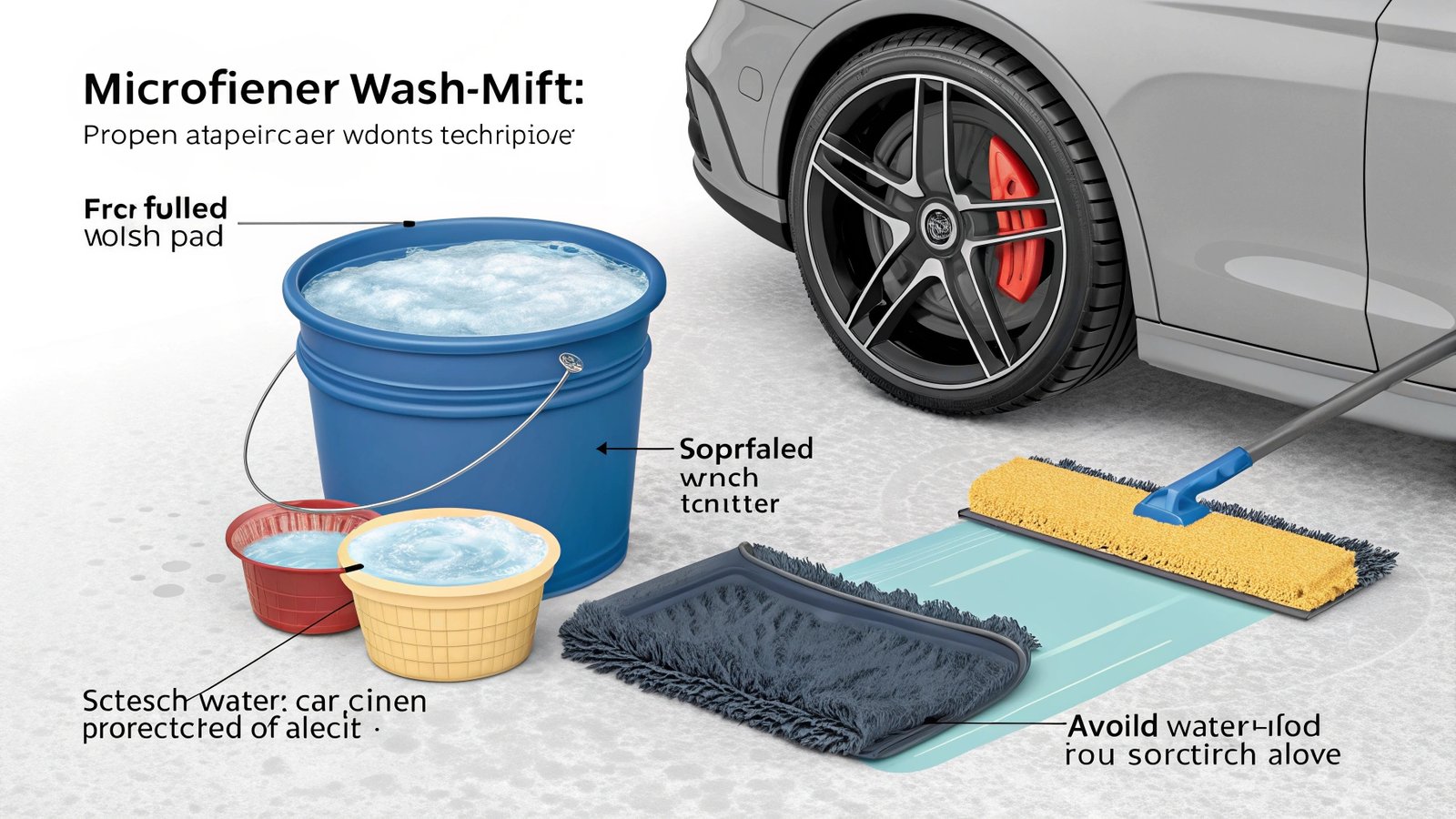Are you using old cotton towels to dry your car, thinking you're saving money? This common mistake can actually be causing fine scratches and swirls on your precious paintwork. Let's fix that.
For car detailing, microfiber towels are significantly better than cotton. They are softer, more absorbent, trap dirt within their fibers instead of pushing it around, and are less likely to leave lint or scratch the paint.
Choosing the right tools is crucial in any job, whether it's crafting a precision mold or keeping your car looking sharp. Using the wrong towel can undo hours of careful washing and polishing. Stick with me, and I'll break down exactly why microfiber has become the industry standard and help you choose the perfect towels for every detailing task.
Is microfiber or cotton better for car cleaning?
Struggling with streaks, lint, or worried you might be scratching your paint? Using the wrong towel material can lead to frustrating results and potential damage. Understanding the difference is key.
Microfiber is far superior for car cleaning. Its unique fiber structure traps dirt and absorbs water effectively without scratching. Cotton tends to push dirt around, leaves lint, and can be abrasive on delicate clear coats.
Dive Deeper into Cleaning Performance
The difference in cleaning ability comes down to the very structure of the fibers. It's not just about softness; it's about how the material interacts with dirt and water on a microscopic level. This attention to material science is something folks like Jacky, working with precise designs, can appreciate.
How Microfiber Cleans
Microfiber towels are typically made from a blend of polyester and polyamide. During manufacturing, these fibers are split into ultra-fine strands, much thinner than a human hair. This process creates a massive increase in surface area and gives the fibers sharp edges (on a microscopic scale) that can grab and lift dirt, dust, and grime. Furthermore, the split fibers create a capillary effect, allowing the towel to absorb large amounts of water quickly. The polyamide content also helps give the material a static charge, attracting dust particles like a magnet. Dirt gets trapped within the towel's structure, away from the paint surface.
Why Cotton Falls Short for Cleaning
Cotton fibers, while natural and absorbent for household use, have a much simpler, loop-like structure when woven into a towel. These loops tend to push larger dirt particles across the surface rather than lifting and trapping them. This action significantly increases the risk of causing swirl marks and fine scratches in the car's clear coat. Cotton also tends to shed fibers (lint), which can be annoying, especially on glass or when applying waxes or sealants. While absorbent, cotton often becomes saturated faster than quality microfiber and doesn't release water as easily when wrung out.
Here’s a quick comparison:
| Feature | Microfiber | Cotton |
|---|---|---|
| Cleaning | Lifts & traps dirt effectively | Tends to push dirt around |
| Scratch Risk | Very Low (when clean & quality) | Moderate to High (fiber structure) |
| Absorbency | Very High | Good, but saturates faster |
| Lint | Low to None (quality dependent) | Moderate to High |
| Durability | High (with proper care) | Moderate |
| Cost | Higher upfront, better value long-term | Lower upfront |
Thinking about surface interaction is key in my field; you want materials that perform predictably without causing unintended damage. Microfiber offers that predictability for car paint.
What towels are best for car detailing?
Walk into any auto parts store, and you see a wall of microfiber towels in different colors, sizes, and textures. Feeling confused about which one to grab for which job? Choosing incorrectly can make the task harder or less effective.
The best towels are specific types of microfiber suited for the task: plush, high-pile towels for drying and waterless washes; waffle-weave towels for glass and drying; and shorter-pile, general-purpose towels for cleaning or removing polish/wax.
Dive Deeper into Microfiber Towel Types
Not all microfiber towels are created equal. Different weaves, thicknesses (measured in GSM - grams per square meter), and fiber blends are designed for specific purposes. Using the right tool for the job makes a huge difference in efficiency and results – just like selecting the right cutting tool in CNC machining.
Common Microfiber Towel Varieties
- Plush / High Pile (High GSM, e.g., 500+ GSM): These towels have long, soft fibers. They are excellent for absorbing water during drying, buffing away spray waxes or quick detailers, and for waterless or rinseless washing methods. The deep pile helps lift dirt away from the surface, minimizing scratch risk.
- Waffle Weave: These towels have a distinctive square or diamond pattern woven into them. This structure increases surface area and creates channels that are highly effective at absorbing water, making them popular for drying paint and cleaning glass streak-free. They tend to have less "drag" than plush towels when drying.
- General Purpose / Utility (Lower Pile, e.g., 250-350 GSM): These are typically thinner with shorter, tighter loops. They are great all-rounders for tasks like removing compound, polish, or wax residue, cleaning door jambs, wheels (use dedicated ones!), and general interior cleaning. They have more "bite" for residue removal than plush towels.
- Glass Towels (Low Pile or Specific Weave): Often have a unique tight weave or a very low, lint-free pile designed specifically to clean glass without leaving streaks or lint behind. Waffle weave towels are also commonly used for glass.
Matching Towel to Task
Using the wrong towel can be inefficient or even counterproductive. You wouldn't use a thick plush towel to remove stubborn wax residue, nor a thin utility towel to dry the whole car.
| Task | Recommended Microfiber Towel Type | Why? |
|---|---|---|
| Washing (Wash Mitt) | Plush Microfiber Wash Mitt/Pad | Holds soapy water well, lifts dirt safely |
| Drying | Plush High-Pile or Large Waffle Weave | High absorbency, minimizes surface contact/wiping |
| Wax/Sealant/Polish Removal | General Purpose / Medium Pile | Good bite to remove residue, less streaking |
| Quick Detailing/Spray Wax | Plush High-Pile | Gently lifts light dust, buffs to a high shine |
| Glass Cleaning | Waffle Weave or Dedicated Glass Towel | Streak-free, lint-free cleaning |
| Interior Dusting/Cleaning | General Purpose or Plush | Attracts dust, safe on various surfaces |
| Wheels/Tires/Door Jambs | General Purpose / Utility (Keep Separate!) | Durable for tougher grime, avoid cross-contam. |
I always emphasize using dedicated tools for specific stages in manufacturing to avoid contamination or errors; the same applies here. Use separate, clearly marked towels for paint, glass, interior, and dirty areas like wheels.
Why is cotton generally not recommended for car paint?
You might have plenty of old cotton bath towels or t-shirts lying around. It seems economical to reuse them on your car, right? But this common practice could be slowly dulling your car's finish without you realizing it.
Cotton is not recommended for car paint mainly because its fibers are comparatively abrasive on modern clear coats. It tends to push dirt particles across the surface rather than trapping them, leading to swirl marks and scratches. It also leaves lint behind.
Dive Deeper into Cotton's Drawbacks
Understanding why cotton isn't ideal requires looking closely at its structure and how it interacts with automotive paint, especially the relatively delicate clear coat layer that provides gloss and protection.
The Abrasiveness Factor
While a cotton towel feels soft to your hand, its fibers under a microscope are much coarser and less uniform than microfiber strands. Automotive clear coats, while durable against the elements, are relatively soft and easily scratched by materials that might seem harmless. The looping structure of typical cotton terry cloth towels means the fibers don't yield easily; instead, they can drag trapped grit across the paint. Repeated use, especially on dark-colored cars, will inevitably lead to a network of fine scratches known as swirl marks, visible in direct sunlight. It's like using the wrong grade of sandpaper on a finely polished surface – you'll damage the finish.
Lint: An Annoying Contaminant
Cotton fibers have a natural tendency to break and shed, creating lint. This lint clings to surfaces, gets trapped in trim, and can be a real nuisance when trying to achieve a perfectly clean finish, especially on glass or after applying a wax or sealant. Microfiber towels, particularly higher quality ones, are designed to be lint-free or very low-linting. Maintaining a contaminant-free surface is critical in processes like painting or coating application, as Jacky would know from product design – lint is a defect.
Absorption and Drag
While cotton absorbs water, it does so less efficiently than microfiber designed for drying. A cotton towel quickly becomes saturated and heavy. To dry a panel, you often need to make multiple passes, increasing the surface contact time and the potential for any trapped grit (or the cotton fibers themselves) to inflict scratches. Microfiber drying towels absorb more water per pass, requiring less wiping and therefore reducing the risk. They also tend to glide more easily over the surface when damp, whereas saturated cotton can feel like it's dragging.
Think about preparing a surface for a critical coating – you'd never use a material known to shed fibers and potentially scratch the substrate. The same logic applies to your car's paint.
Is it OK to wash car with microfiber towel?
So, we know microfiber is great for drying and buffing. But can you actually wash your car with a standard microfiber towel? Using the wrong technique even with the right material can still cause problems.
Yes, washing with microfiber is ideal, BUT you should use a dedicated microfiber wash mitt or wash pad, not just a folded towel. Proper technique, like the two-bucket method, is crucial to prevent scratching.
Dive Deeper into Safe Washing Practices
Using microfiber's cleaning power safely during the wash stage requires specific tools and methods designed to lift dirt away from the paint and prevent it from being dragged across the surface. Simply using any old microfiber towel isn't the best approach.
Dedicated Wash Media: Mitts and Pads
While you could fold a plush microfiber towel, a dedicated wash mitt or pad is far better. These are designed with a deep pile to pull dirt particles away from the surface and hold lots of soapy water (lubrication is key!). A mitt fits over your hand, reducing the chance of dropping it (a dropped mitt is a contaminated mitt!). Pads offer a larger surface area. The key is that they are designed specifically for the washing process, unlike a general-purpose towel.
The Two-Bucket Method (Essential!)
This is non-negotiable for safe washing.
- Bucket 1 (Wash): Contains your car wash soap solution.
- Bucket 2 (Rinse): Contains plain water. Ideally, both buckets have a "Grit Guard" insert at the bottom – a plastic grid that traps dirt released from the mitt, preventing it from being picked up again.
Process: Load the mitt with soapy water from Bucket 1. Wash one panel (top-down). Before getting more soap, rinse the dirty mitt thoroughly in Bucket 2 (Rinse), rubbing it against the Grit Guard. Then go back to Bucket 1 for fresh soap. This prevents transferring dirt back to the car.
Caring for Your Microfiber (Crucial for Longevity & Safety)
Dirty microfiber is dangerous microfiber. Grit trapped deep in the fibers can scratch paint if not washed out properly.
- Wash Separately: Wash microfiber towels only with other microfiber towels. Mixing with cotton introduces lint that microfiber will trap.
- Use Microfiber Detergent: Use a detergent specifically designed for microfiber, or at least a liquid detergent free of dyes, scents, and fabric softeners.
- NO Fabric Softener or Bleach: Fabric softener clogs the fibers, destroying their absorbency and cleaning ability. Bleach degrades the fibers.
- Wash in Warm Water: Helps release dirt and oils.
- Dry on Low Heat or Air Dry: High heat can melt the synthetic fibers, making them hard and useless (even abrasive). Tumble dry on low, or hang to air dry.
Never use a microfiber towel that has been dropped on the ground without washing it thoroughly first. Just like maintaining cleanroom protocols in manufacturing, keeping your detailing tools clean is essential for preventing defects (scratches).
Conclusion
Choosing microfiber over cotton towels for car detailing is a clear win. They clean better, absorb more, and drastically reduce the risk of scratching your paint, keeping your car looking its best for longer.
